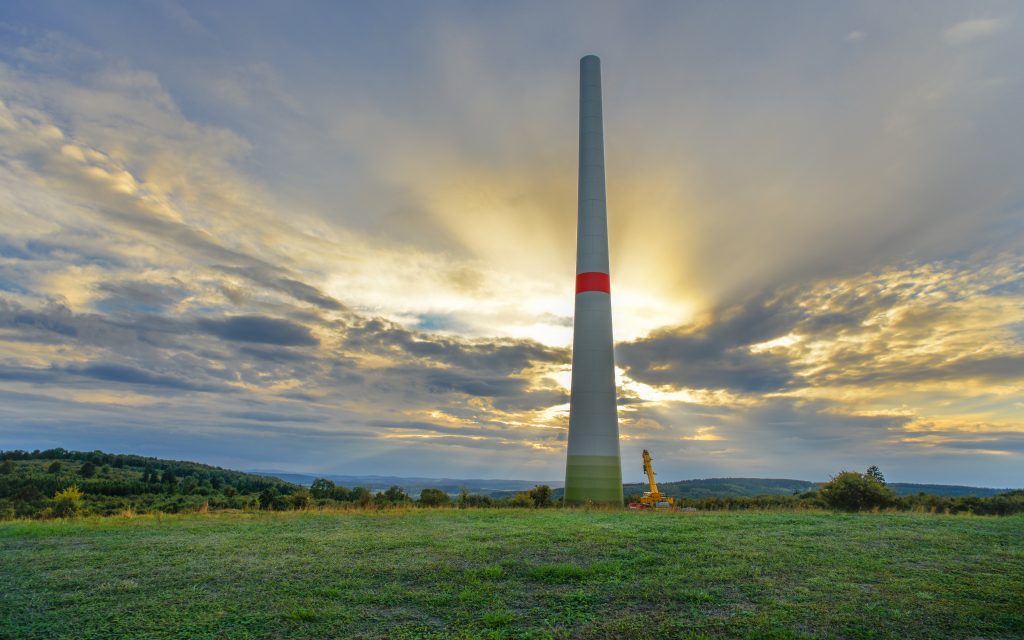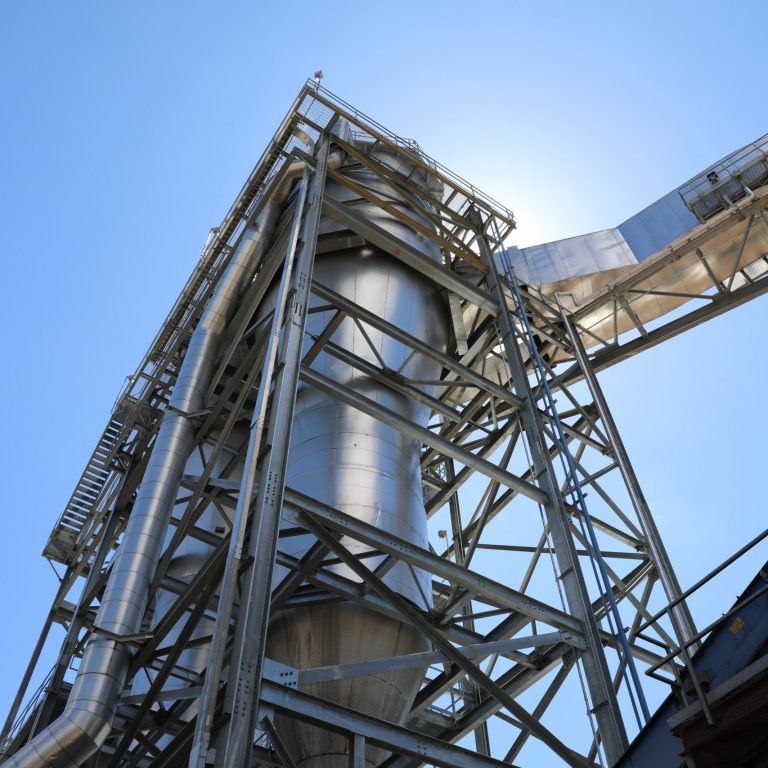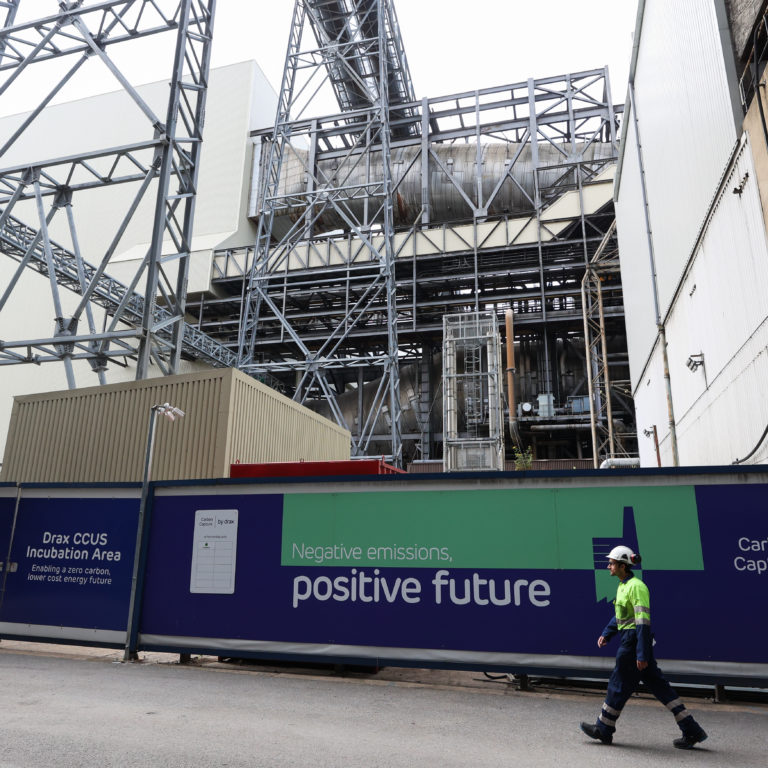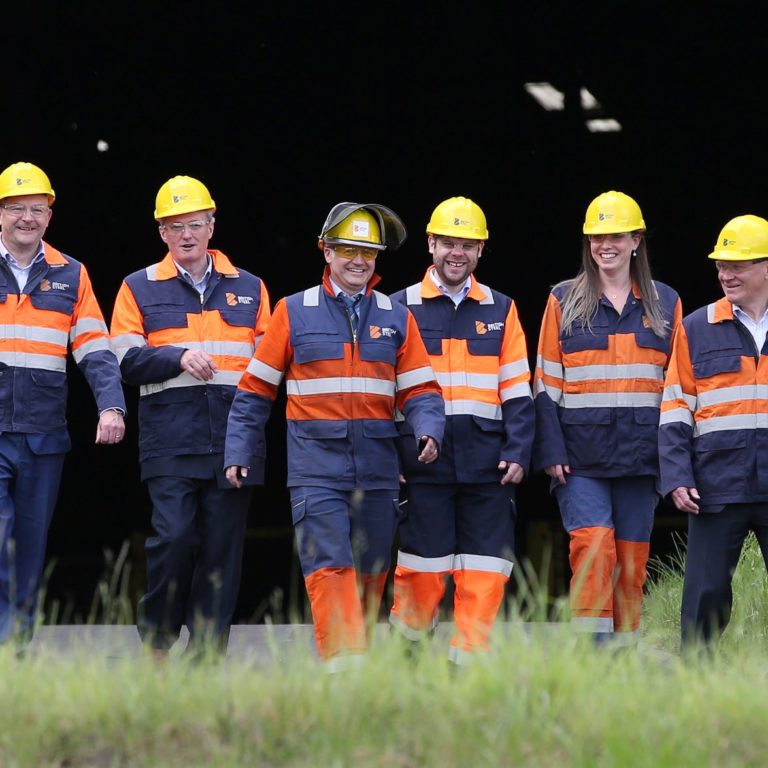In the last decade Britain’s energy system has seen a fundamental shift towards cleaner and renewable energy. And while proactive governmental policy has played a large role, much of what has made this shift possible is technological improvement.
Innovations in energy technology will play an equally major role in ensuring the same level of progression over the next 10 years. A report by National Grid has identified some of the most promising of these emerging tech solutions, and outlines which have the highest probability of aiding our continued decarbonisation.
Future scenarios aside, what’s certain from looking at this year’s Electric Insights is that, a decade from now, the power system will look very different. These are the technologies that could change it.
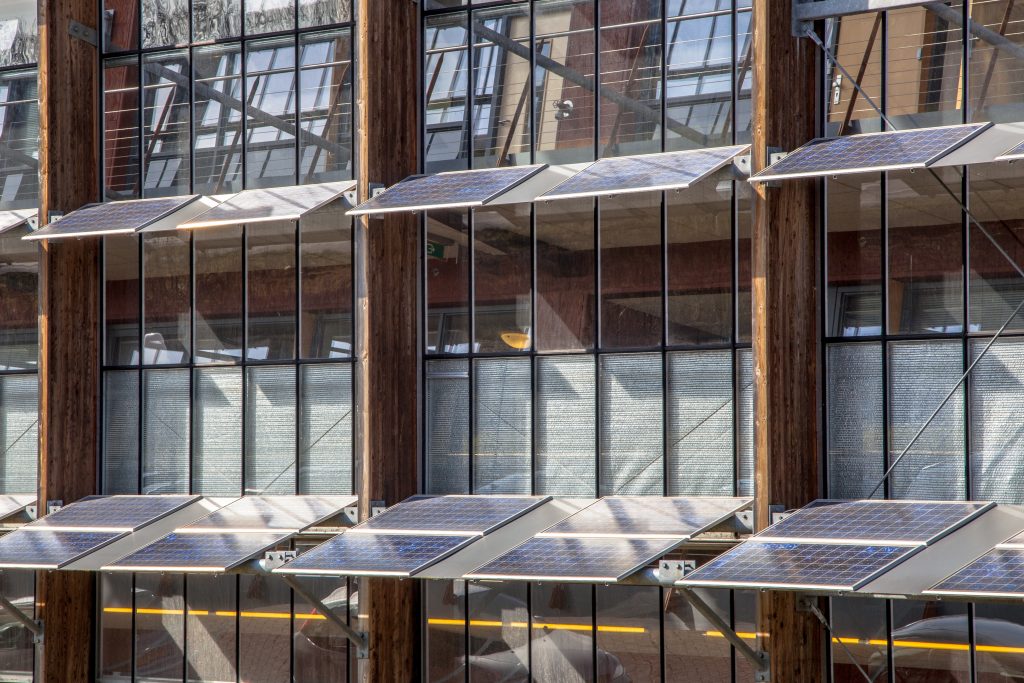 Homes that power themselves
Homes that power themselves
Solar is already an important part of Britain’s renewable power infrastructure, but it has the potential to grow through smaller domestic setups, too. Access to DIY rooftop solar is becoming increasingly prevalent, with even home store giant IKEA allowing customers to pick up a solar panel and battery system alongside flat-pack furniture.
Meanwhile, solar technology continues to improve, helping it become more easily integrated into buildings. Tesla is soon to introduce solar arrays that look almost identical to high-end roofing tiles as well as transparent, solar power-generating windows. Homeowners and business are also looking to onsite biomass boilers to take control of their own green energy.
As such systems reach mainstream consumers they present the potential to create a more decentralised energy system.

Photo courtesy of Kite Power Systems
A new type of wind energy – powered by kites
Wind is already a key source of renewable energy, with on and offshore wind turbines now commonplace in many parts of the UK. But innovation continues, and now companies are looking to higher altitudes to improve the efficiency of wind generation.
In May of this year the UK gave the go ahead to the world’s first kite farm, a wind generation facility that will use two massive kites flying in loops roughly 450 metres above the ground to pull turbines and generate electricity. The company behind the project, Kite Power Systems, claims the system offers a lower Levelised Cost of Energy (LCoE) and operational maintenance cost than conventional wind.
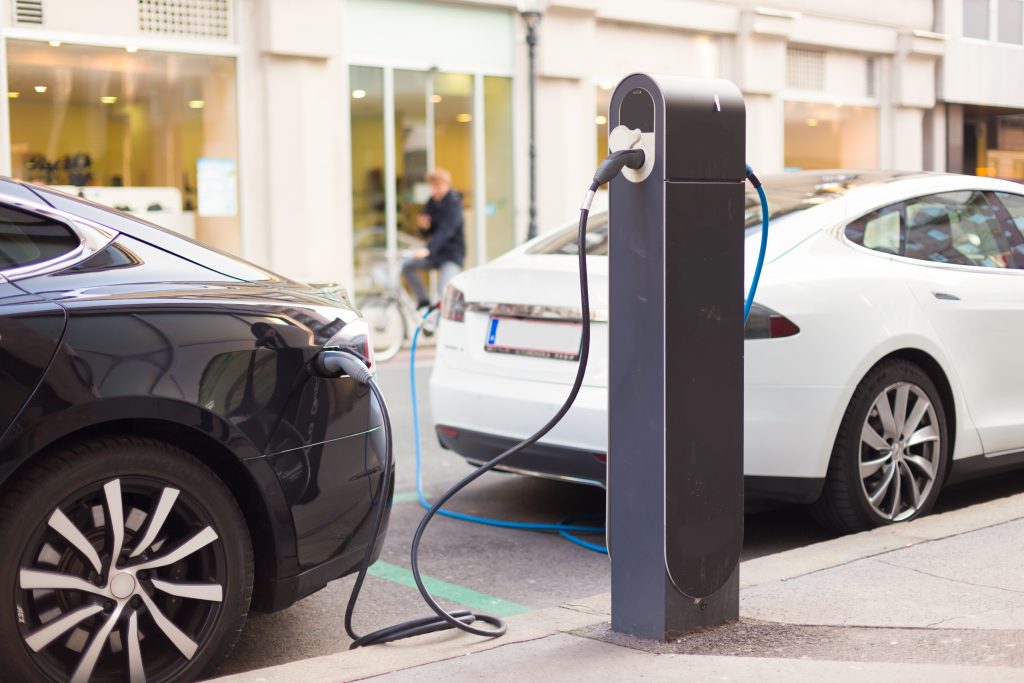 Bigger, more efficient batteries
Bigger, more efficient batteries
Many of the technologies set to shape the future of green energy, from domestic solar to electric vehicles (EVs), are dependent on innovations in battery technology.
Solid state batteries, which use a solid electrolyte rather than the semi-liquid type found in standard lithium-ion batteries, offer a number of potential performance benefits. These include six times faster charging, twice the energy density, and a longer life cycle.
The challenge is producing the batteries at a large scale and a competitive price point. Companies including Dyson, Bosch, Tesla and Toyota are all making strides in bringing them to market, with the latter aiming to implement the technology by 2020.
Wind turbines that don’t turn
The wind turbine has become an icon of renewable energy, but this could change – not because of a decrease in wind energy, but in a transformation in how they look.
Innovation in the wind energy space has led to the development of bladeless turbines, which offer the potential to reduce costs and minimise the noise and visual impact associated with traditional turbines.
Rather than rotating blades, bladeless turbines oscillate as wind passes a single, conical mast. Spanish bladeless turbine developer Vortex claims the lack of contact between moving parts can cut 80% of maintenance costs due to there being no need for lubricants and spare parts replacements. The firm hopes to bring industrial-sized turbines to the market by the turn of the decade.
The next generation of nuclear
The next generation of nuclear reactor technology could offer the potential for more efficient, economic and safer nuclear energy. Current solutions being developed include reactors cooled by lead and gas, and a molten salt reactor, which uses molten fluoride salt to dissolve fuel.
Hopes for these ‘generation IV’ reactors include the ability to work faster and more efficiently, delivering more energy from the same amount of fuels, and the ability to use waste products from older reactors. The first generation IV systems are expected to be ready for commercial construction around 2020 to 2030.
The renewable technologies set to thrive beyond 2030
While the immediate future holds massive potential for a handful of energy technologies, there are others that will take longer to come to fruition. Once realised, however, they could provide significant breakthroughs.
Methane hydrate, found primarily under permafrost and near the ocean floor, is thought to offer greater supplies of methane than all the planet’s natural gas and oil sources combined. Burnt as a natural gas, methane releases much less CO2 than other hydrocarbons and can greatly reduce transport emission when used as a liquefied natural gas (LNG) in vehicles.
Finding a way to safely extract these methane deposits could provide as much as 1,500 years’ worth of energy at current production rates.
Meanwhile, the greatly reduced release of radioactive material from nuclear fusion over nuclear fission could offer a huge advantage in its development as a future energy technology.
There is, however, no magic bullet that will be the single solution to a cleaner energy future. Instead, like today’s power system, it will rely on a mix of technologies, fuels and generators, working together to ensure a stable – and cleaner – energy system.








